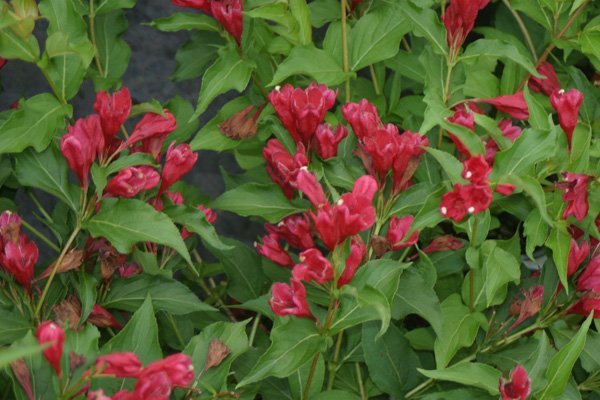
Seasonal Tips, Lawn Care, Perennials - Care, Planting, Shrubs & Bushes, Trees - Planting & Care
For most of us in Wisconsin, spring always seems to be long overdue. Some years, it feels like we move from winter right to into summer, causing yard work to get behind. Forego the unneeded stress and headache of trying to get everything done on your own by contacting Heritage Hill Nursery. We’ll set up an individualized spring cleanup service that’s tailored to your specific needs. We’re here to help if you let us.
Dates do fill up quickly, so if you think you might be interested, it’s advisable to call soon.
Perennial Care
As the snow melts and the ground begins to thaw, you’ll notice the early risers trying to poke their way through the layers of mulch. You can help these new plants along by moving the ground cover to the side, allowing the stems easy access to the warmth of the sun.
Unfortunately, spring in Wisconsin doesn’t necessarily mean that the cold has moved on. Therefore, keep extra mulch handy in case there’s still the possibility for frost.
Any perennials that needed dividing last season can safely be divided and transplanted to a new location. Pull any remaining weeds from last season and top-dress beds with freshly shredded mulch.
Shrub Care
Uncover rose bushes as the weather warms but be ready to recover them if the temperature is supposed to drop significantly.
If pruning wasn’t done last fall, go ahead and prune. However, it’s important however not to prune any shrub that produces an early flower such as lilacs. Pruning early flowering shrubs before their finished blooming for the season won’t kill the plant but will result in a flowerless shrub.
Pruning doesn’t have to be a scary task; stop by the nursery and pick up a free Heritage Hill Nursery pruning guide (HHN offers pruning services as well).
Any shrubs that need to be transplanted can safely be done at this point. Pull any existing weeds and top-dress beds with 2-3” of shredded mulch. When spreading mulch, be sure to taper away from the base of the plant. Too much moisture can weaken the outer layers, making the plant susceptible to disease.
Any shrubs that need to be transplanted can be safely done until the buds begin to open.
Tree Care
Doing an annual tree inspection and taking corrective action if needed can help maintain overall stability. During the inspection, pay close attention to the base. If there is some critter damage, the tree will heal itself and be fine.
However, if a large section or a complete ring of the bark has been removed, it’s likely that the tree will eventually die due to disease vulnerability.
Broken branches, branches that are rubbing against each other, and branches growing at weird angles should be pruned.
When temperatures consistently stay above 40 degrees, apply the dormant spray to crab trees to control overwintering pests. Make sure to remove any winter protection from around the trees such as cloth, plastic tubing, stray, etc. At some point, before the temperatures get too high, redress existing mulch with at least 2-3” of freshly shredded mulch (Heritage Hill Nursery has several types to choose from). When spreading mulch, make sure to taper from the base outward. It’s extremely important to not have a thick layer of mulch right up against the tree. Not only does mulching add beauty to the overall look of your yard, but it also helps the tree retain its moisture.
Lawn Care
Dead spots? No problem! When the ground has completely thawed, rake the area with a hand rake, removing dead grass and breaking up the top layer. Amend the existing soil with good topsoil, (Heritage Hill nursery sells bagged topsoil) making sure to overlap from the dead areas into the healthy. This overlapping will help blend the area together.
If you’re not sure what type of grass seed to use, stop by HHN and speak with a knowledgeable staff member. They can show you which type will work best for your lawn and if you provide the sq. footage that’s being repaired, they can calculate how much seed will be needed for the job.
For even coverage, use a handheld seed spreader. Lightly rake the seed into the top of the soil with just enough to cover; don’t “overwork” the area.
Afterward, to protect it from the hungry birds and the hot sun, lay down a covering of choice. At HHN, we use straw and can provide you with enough for the job.
Next, water the area completely by using a sprinkler. Keep the newly seeded area moist, but not saturated. Mow around the area until the seedlings have reached a mature height.

Seasonal Tips, Trees - Planting & Care
- Water plantings, especially new ones, thoroughly before ground freezes.
- Protect plants from rodents and rabbits with hardware cloth, or animal repellent spray such as Natures Mace (can be purchased at Heritage Hill Nursery).
- Plants especially favored by rabbits include: Burning Bush, Japanese Maple, and Clethra.
- Wrap young and thin bark trees to protect from sun scald and animal damage (rabbits love fruit trees) but remember to remove in spring.
- As the weather turns colder, begin dormant pruning of ornamentals. If you’re unsure what, when or how to prune, stop at our nursery and ask for a pruning guide.
Don’t forget to take advantage of our November Special Offers!
[coupon couponid=’1947′ name=’November 2019′]
[coupon couponid=’1956′ name=’November 2019 Copy’]
Seasonal Tips, Perennials - Care, Planting
How to know when to water your plants in the fall
Take a walk through your planting beds and see if there are any open areas that you may want to add plants for the next season. Sales are currently going on at the nursery and fall is the perfect time for those late additions. With the cooler weather and shorter days, reduce watering of new plants to every other day for larger plants and every 3 days for perennials. Due to differences in ground type, be sure to double check before watering. You can do this by sticking your finger into the first few inches of the ground near the plant or by using a moisture meter. Remember if the ground feels moist don’t water.
Don’t forget to take advantage of our October Special Offers!
[coupon couponid=”1901″ name=”October 2019″]
[coupon couponid=”1901″ name=”October 2019″]
Seasonal Tips, Perennials - Care, Planting, Shrubs & Bushes
WINTER IS COMING!
Start getting your plants ready for winter. Stop adding fertilizer to perennials, shrubs and trees. Keep your perennials deadheaded so that the energy goes back into the plant and not into seed production. The same is true with shrubs if they are the flowering type.
If you have any questions, concerns, or “just don’t know”, we are here to help! Stop in and we will do our very best to give you answers! Also, be sure to check back for our Monthy Tips, Weekly Featured Plant!
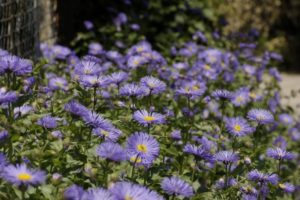
Don’t forget! Take advantage of our
September Special Offers.
[coupon couponid=”1737″ coupon_align=”cctor_aligncenter” name=”September 2019″]
Seasonal Tips, Perennials - Care, Planting, Shrubs & Bushes
KEEP YOUR COOL!!!
No need to worry about your plants! If you are making sure they have plenty of moisture each week, they should be fine. If you have been watering and they still don’t look very happy, get some pictures and bring them into our garden center. Some plants look like they are dying, but they are in fact going dormant (like your lawn) when it gets too hot out. Be patient.
If you have any questions, concerns, or “just don’t know”, we are here to help! Stop in and we will do our very best to give you answers! Also, be sure to check back for our Monthy Tips, Weekly Spotlight Plant, and soon to be available “How To” videos to help you LOVE YOUR LANDSCAPE!!!!
Visit the Heritage Hill Nursery and garden center now! We are conveniently located, close to Cedarburg, Jackson, West Bend, and Slinger, WI.

Don’t forget! Take advantage of our
August Special Offers.
[coupon couponid=”1674″ coupon_align=”cctor_aligncenter” name=”August 2019″]
[coupon couponid=”1675″ coupon_align=”cctor_aligncenter” name=”August 2019 (Deal 2)”]
Seasonal Tips, Perennials - Care, Planting, Shrubs & Bushes, Trees - Planting & Care
We all realize that it’s almost hard to believe it’s already July. Hasn’t felt quite like summer until the last few days.
But it’s here… and with all the rain.. man, our gardens are growing! (As well as our lawns!) 😎
Here are some helpful tips to stay on top of your gardens and plants to keep them looking their best!
 Perennials:
Perennials:
This is a great time to get some fertilizer on all your perennials! Feeding them with a slow release fertilizer like 10-10-10 or Osmocote will do wonders. Now that things are starting to bloom, stay ahead of the deadheading (removing) spent flowers. Cut flower heads off the bulbs if they are done so they can send the energy back into the bulb for next year.
Shrubs:
Flowering shrubs such as Lilacs or Viburnum should be pruned once they have finished flowering. This will allow for more and bigger flowers next year. Prune down to the first or second set of leaves.
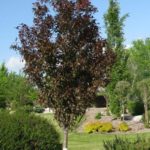 Trees:
Trees:
This is the time to start watching for any problems such as disease or insects. BE PRO-ACTIVE! Many common problems can be cured before they do serious damage. If you see a problem and can’t figure out what it is, prune off the affected area and bring it in to us for help in diagnosing the problem. We will do our best to help you cure it.
If you have any questions or concerns, please don’t hesitate to come in or call! We are here to help you!


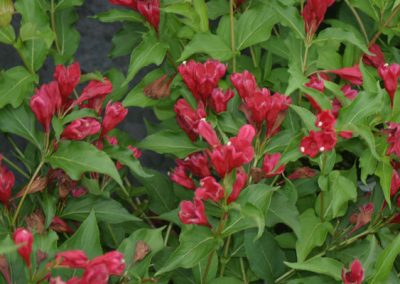

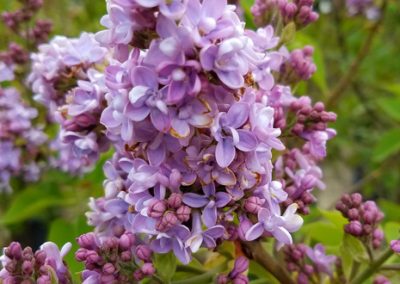
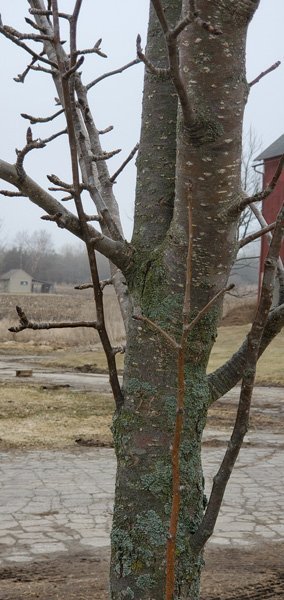


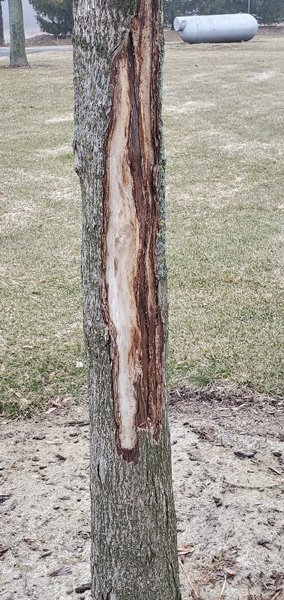




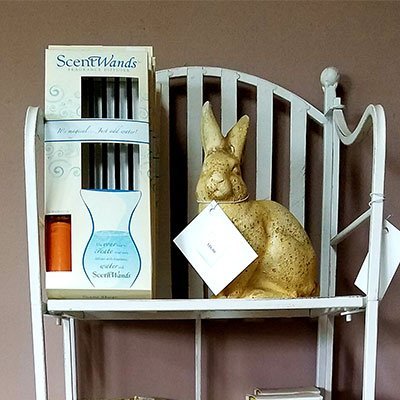

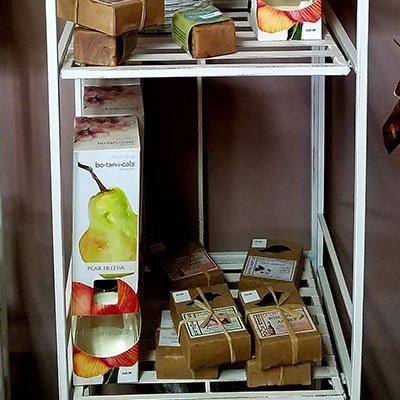





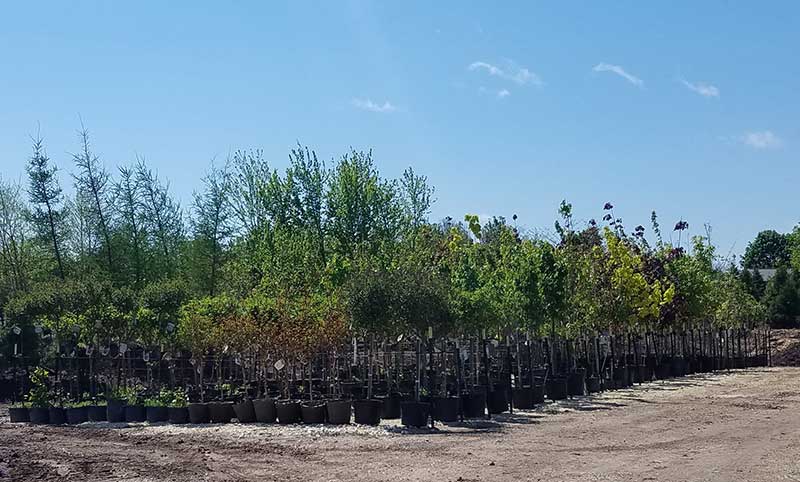
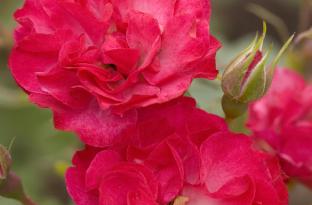
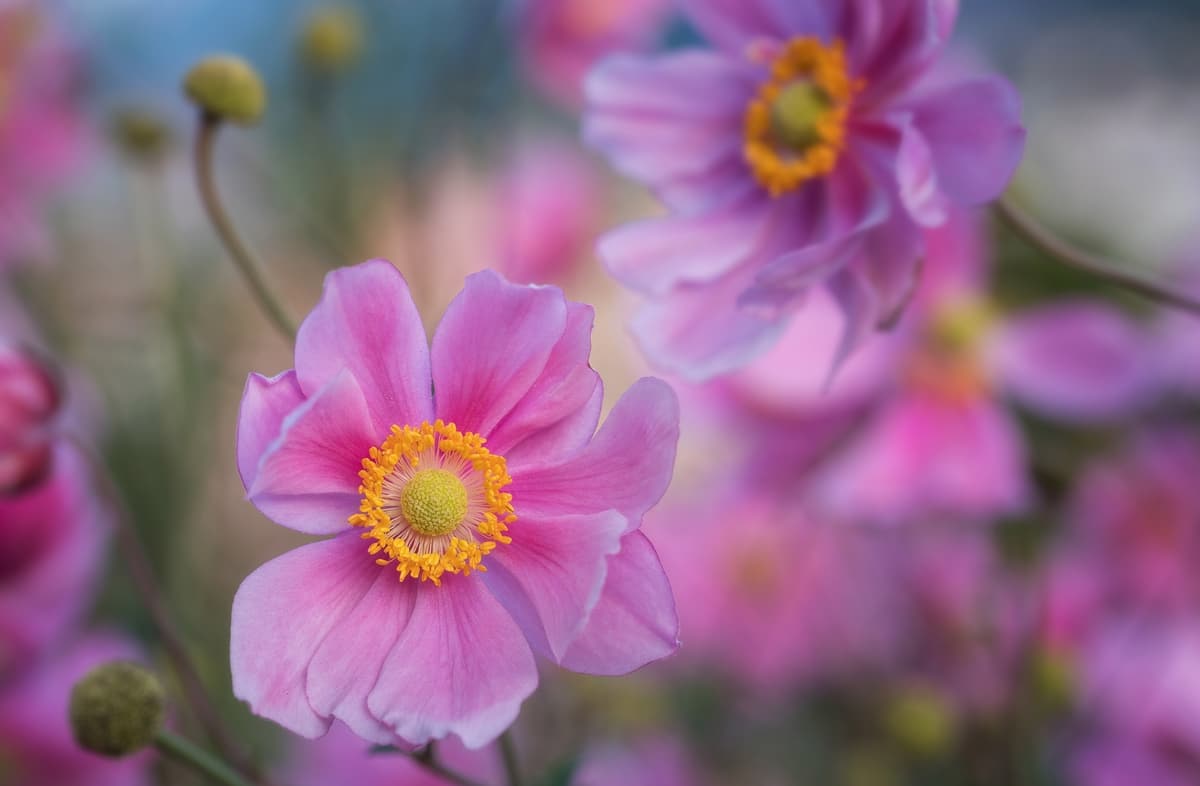
 Perennials:
Perennials:
 Trees:
Trees: